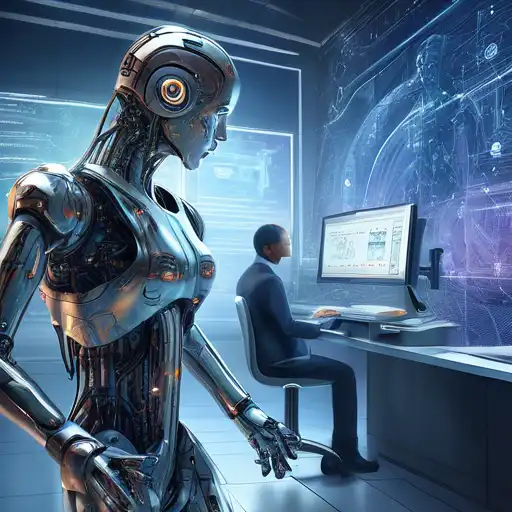Introduction to AI and Machine Learning
In the rapidly evolving world of technology, the terms Artificial Intelligence (AI) and Machine Learning (ML) are often used interchangeably. However, they represent distinct concepts with unique applications and implications. This article delves into the differences between AI and ML, shedding light on their individual roles in the tech landscape.
What is Artificial Intelligence?
Artificial Intelligence is a broad field of computer science focused on creating systems capable of performing tasks that typically require human intelligence. These tasks include problem-solving, recognizing speech, learning, planning, and understanding natural language. AI can be categorized into two types: narrow AI, which is designed for specific tasks, and general AI, which can perform any intellectual task that a human can.
What is Machine Learning?
Machine Learning, a subset of AI, involves the development of algorithms that allow computers to learn from and make decisions based on data. Unlike traditional programming, where humans write explicit instructions, ML systems improve their performance as they are exposed to more data over time. ML is further divided into supervised learning, unsupervised learning, and reinforcement learning.
Key Differences Between AI and Machine Learning
While AI aims to simulate human intelligence across a wide range of tasks, ML specifically focuses on enabling machines to learn from data. Here are some key distinctions:
- Scope: AI encompasses a broader spectrum of technologies and applications, whereas ML is a technique for achieving AI.
- Functionality: AI systems can perform complex tasks like reasoning and decision-making, while ML systems are designed to learn from data patterns.
- Dependency: ML relies heavily on data to learn and improve, but AI can operate based on predefined rules without necessarily learning from data.
Applications of AI and Machine Learning
Both AI and ML have transformative applications across industries. AI powers virtual assistants, autonomous vehicles, and smart home devices. ML is behind recommendation systems, fraud detection, and predictive analytics. Together, they are driving innovations in healthcare, finance, and beyond.
Conclusion
Understanding the difference between AI and Machine Learning is crucial for navigating the future of technology. While they are interconnected, each has its unique strengths and applications. As these technologies continue to evolve, they promise to unlock new possibilities and redefine what machines can do.
For more insights into the latest tech trends, explore our tech trends section.
